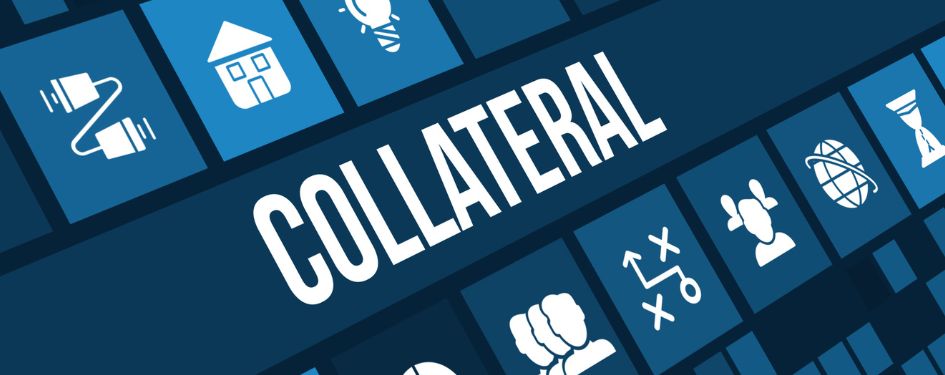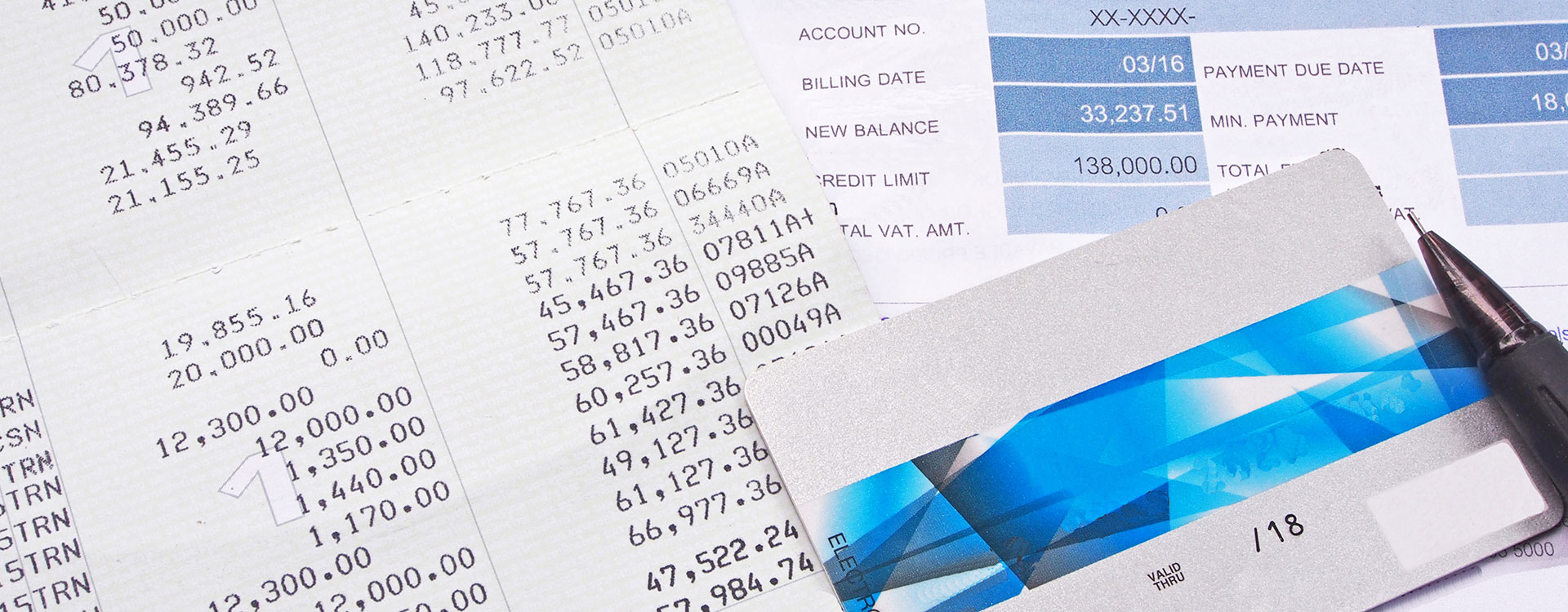Using collateral could improve your chances of loan approval, but one should also be aware of the risks involved.
In the realm of lending, the concept of “collateral” often emerges as a pivotal factor, influencing loan approval processes and terms.
Whether you're applying for a mortgage, car loan, or even a credit card, understanding collateral and its implications is essential.
Below, we’ll cover the intricacies of collateral, exploring its definition, function, and the diverse range of assets it encompasses.
KEY TAKEAWAYS:
- Collateral is an asset that a lender requires as security when extending a loan.
- The dynamics of collateral operation vary depending on the type of loan in question.
- While collateral can enhance your chances of loan approval and secure more favorable terms, it also carries inherent risks.
- The decision to utilize collateral hinges on a delicate balance of risk and reward.
So, What Is Collateral?
At its core, collateral refers to an asset, whether tangible or intangible, that a lender requires as security when extending a loan.
The purpose of collateral is twofold: to mitigate the lender's risk and provide recourse in the event of borrower default. In essence, collateral serves as a safeguard for the lender, offering assurance that they can recover their investment if the borrower fails to fulfill their obligations.
Lenders, ranging from banks to credit unions, accept a myriad of assets as collateral, provided they possess sufficient value to adequately secure the loan.
From physical properties to financial instruments, the spectrum of eligible collateral is vast, offering borrowers flexibility in meeting lenders' requirements.
Unlocking The Mechanics Of Collateral: How It Operates
The dynamics of collateral operation vary depending on the type of loan in question.
Certain loans, such as mortgages and auto loans, utilize the very assets they finance (i.e., the home or vehicle) as collateral. Conversely, other loans necessitate diverse forms of collateral, ranging from savings accounts to certificates of deposit (CDs).
When applying for a collateralized loan or line of credit, lenders embark on a comprehensive assessment of the borrower's financial standing.
This evaluation entails scrutinizing the borrower's credit history, payment track record, and debt-to-income ratio (DTI). Subsequently, lenders conduct an appraisal of the collateral offered, determining its value and suitability in securing the loan.
Navigating Collateral In Personal Loans: Securing Your Borrowing
While most personal loans are unsecured, a subset involves collateralization, wherein the loan is backed by the value of an associated asset.
Consider a scenario where you seek a personal loan to cover the cost of a new refrigerator with all the new “bells and whistles.” In this instance, the collateral you offer must match or exceed the refrigerator's value, thereby securing the loan amount.
For instance, if the refrigerator costs $2,000, you may opt to pledge your used car that you rarely use, appraised at $3,000, as collateral. By doing so, the lender gains assurance that the collateral's value surpasses the loan amount, minimizing their risk exposure and facilitating loan approval.
However, it's essential to understand that while collateral can enhance your chances of loan approval and secure more favorable terms, it also carries inherent risks.
Defaulting on a collateralized loan could result in the loss of the pledged asset, potentially exacerbating your financial woes. Therefore, careful consideration and financial planning are paramount when opting for collateralized financing.
Exploring Collateral Loans: A Multifaceted Landscape
Collateral loans manifest in diverse forms, each tailored to specific financial objectives and borrowing needs. Some prevalent collateral loan variants include…
Mortgages
These loans, commonly known as home loans, facilitate real estate acquisitions, utilizing the purchased property as collateral.
Types of Mortgages: Within the realm of mortgages, various types cater to distinct borrower profiles and preferences.
Conventional mortgages, insured by government entities such as Fannie Mae and Freddie Mac, offer fixed or adjustable interest rates, providing borrowers with flexibility in repayment.
Conversely, FHA loans, backed by the Federal Housing Administration, are accessible to borrowers with lower credit scores and down payments, making homeownership more attainable for underserved demographics.
Auto Loans
Designed for vehicle acquisitions, auto loans leverage the financed vehicle as collateral, securing the loan.
Navigating Auto Loans: When navigating auto loans, borrowers should consider factors such as interest rates, loan terms, and down payment requirements.
Additionally, exploring financing options offered by dealerships and financial institutions can help borrowers secure competitive rates and favorable terms.
Secured Credit Cards
These credit cards necessitate a cash deposit as collateral, which the issuer can utilize to cover outstanding balances in the event of default.
Building Credit with Secured Credit Cards: Secured credit cards offer an avenue for individuals with limited or damaged credit histories to rebuild their credit.
By responsibly managing their secured card, making timely payments, and maintaining low balances, cardholders can demonstrate creditworthiness and eventually qualify for unsecured credit products.
Secured Personal Loans
Offered by many lenders, secured personal loans require collateral such as vehicles, homes, or savings accounts to secure the borrowed funds.
Maximizing Loan Value with Collateral: When applying for secured personal loans, borrowers should carefully assess their collateral options to maximize loan value and secure favorable terms.
Conducting thorough research, comparing lenders, and negotiating terms can empower borrowers to access the financing they need while minimizing costs and risks.
Home Equity Loans
Analogous to mortgages, home equity loans leverage the borrower's home as collateral, with potential foreclosure implications for defaulters.
Leveraging Home Equity: Homeowners seeking to tap into their home equity should evaluate the implications of home equity loans carefully.
While these loans offer competitive interest rates and tax-deductible interest payments, borrowers should exercise caution to avoid overleveraging their homes and risking foreclosure in the event of financial hardship.
Small Business Loans
Certain business loans mandate collateralization, enabling entrepreneurs to utilize business assets like buildings, equipment, or accounts receivable as collateral.
Securing Financing for Small Businesses: Small-business owners exploring collateralized financing options should assess the value and liquidity of their business assets.
By strategically leveraging collateral to secure loans, entrepreneurs can access capital for growth initiatives, inventory purchases, or operational expenses while minimizing lender risk and securing favorable terms.
Examples Of Collateral For Secured Loans: A Diverse Array
In addition to the aforementioned collateral forms, lenders may accept an array of assets as collateral, including:
Vehicles: Boats, cars, motorcycles, or RVs.
Navigating Vehicle Collateral: When pledging vehicles as collateral, borrowers should ensure that the vehicle's appraised value aligns with the loan amount sought.
Additionally, maintaining comprehensive insurance coverage and adhering to loan terms can safeguard borrowers' interests and mitigate risks associated with vehicle collateral.
Investment Products: Stocks, bonds, or mutual funds.
Leveraging Investment Collateral: Investors seeking to unlock liquidity from their investment portfolios can explore margin lending options offered by brokerage firms.
By pledging securities as collateral, investors can access funds for various financial needs while retaining ownership of their investment assets and potential upside opportunities.
Insurance Policies: Life insurance policies with cash value.
Utilizing Insurance Collateral: Policyholders with permanent life insurance policies can leverage the cash value component as collateral for loans or withdrawals.
By accessing the cash value, policyholders can address financial needs such as education expenses, debt consolidation, or supplemental retirement income while maintaining the policy's death benefit coverage.
Valuables: Fine art, antiques, collectibles, or jewelry.
Preserving Valuable Collateral: When pledging valuables as collateral, borrowers should ensure adequate protection and documentation to safeguard against loss or damage.
Additionally, obtaining professional appraisals and securing insurance coverage can provide added peace of mind and mitigate risks associated with valuable collateral.
Future Paychecks: Some lenders accept future earnings as collateral.
Managing Paycheck Collateral: Borrowers pledging future paychecks as collateral should assess their ability to meet repayment obligations based on projected income.
Implementing budgeting strategies and financial planning tools can help borrowers effectively manage cash flow and ensure timely loan repayment while minimizing risks associated with paycheck collateral.
While certain retirement accounts may be deemed acceptable collateral, IRAs and 401(k)s typically face restrictions due to regulatory constraints.
Navigating Collateral: A Balancing Act
The decision to utilize collateral hinges on a delicate balance of risk and reward.
While collateralized loans afford borrowers access to lower interest rates and extended terms, they also entail the risk of asset loss in the event of default.
Therefore, borrowers must conduct thorough due diligence, assessing their financial capacity and evaluating the potential implications of collateralized financing on their long-term financial well-being.
In instances of financial distress, proactive communication with lenders can pave the way for alternative repayment arrangements, fostering mutually beneficial outcomes.
Most lenders prioritize loan repayment over asset seizure, underscoring the importance of open dialogue in navigating challenging financial circumstances.
In Conclusion: Harnessing Collateral For Financial Empowerment
Collateral epitomizes a cornerstone of the lending landscape, offering both lenders and borrowers a mechanism for risk mitigation and financial empowerment.
By comprehending the nuances of collateral, borrowers can navigate lending processes with confidence, leveraging collateral to secure favorable loan terms and fulfill their financial aspirations.
However, prudent decision-making is paramount, as borrowers must weigh the benefits of collateralization against potential risks, ensuring financial stability and security in the long run.
How Credit9 Can Help You
At Credit9, we offer loan options that could provide you with the financial solution that works best for you.
Since 2018, Credit9 has provided over $460 Million in loans to over 36,000 of our customers, and we’re confident we can help you too.
For more information about Credit9’s unique debt consolidation services, contact us today to see how we can help you consolidate your debts and receive a free, no-obligation, and fully-customized Credit9 loan solution!
Debt Consolidation Loan



 Clear Language Establishes Trust And Minimizes Anxiety When It Comes To Finances
Clear Language Establishes Trust And Minimizes Anxiety When It Comes To Finances
 The Best Ways To Loan Money To Friends And Family
The Best Ways To Loan Money To Friends And Family
 Credit Scores
Credit Scores